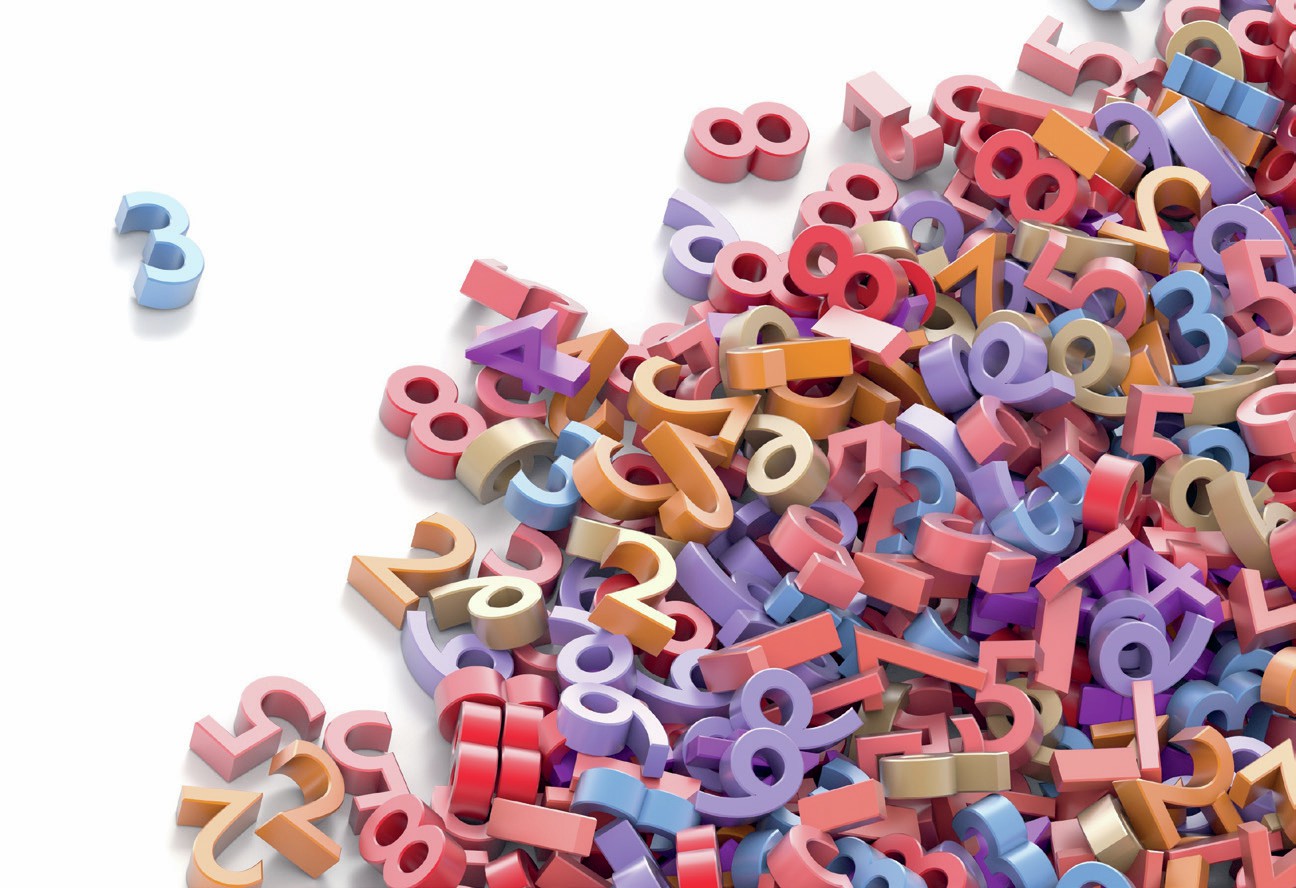
The most familiar index number is probably the consumer prices index (CPI), which is used to calculate the inflation rate — one of the key indicators that tells us about how the economy is performing. But how is it constructed? And how is it to be interpreted?
Put simply, an index number compares the value of a variable in some period or location with a base value, where the base value is usually expressed as 100.
Your organisation does not have access to this article.
Sign up today to give your students the edge they need to achieve their best grades with subject expertise
Subscribe




